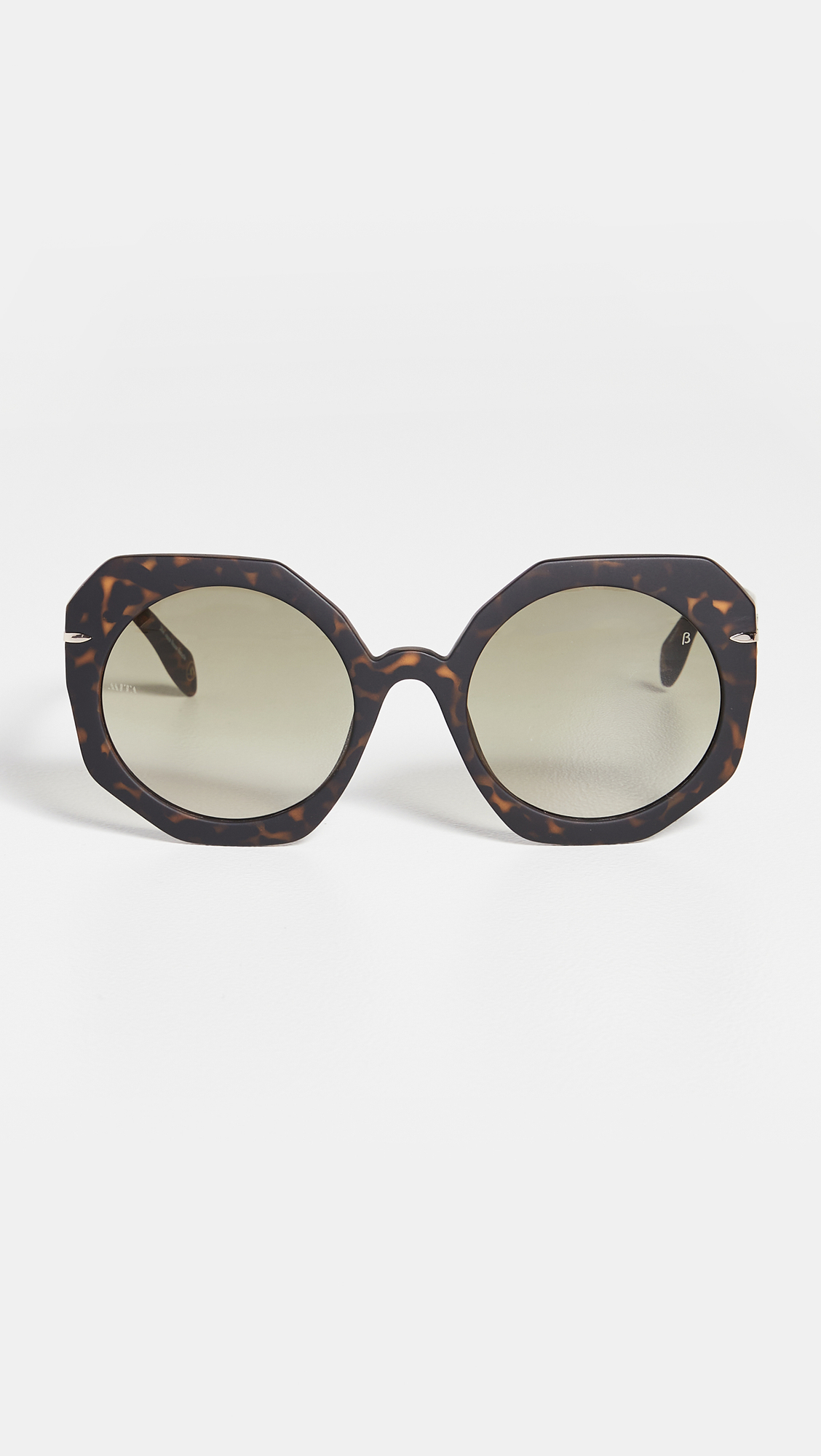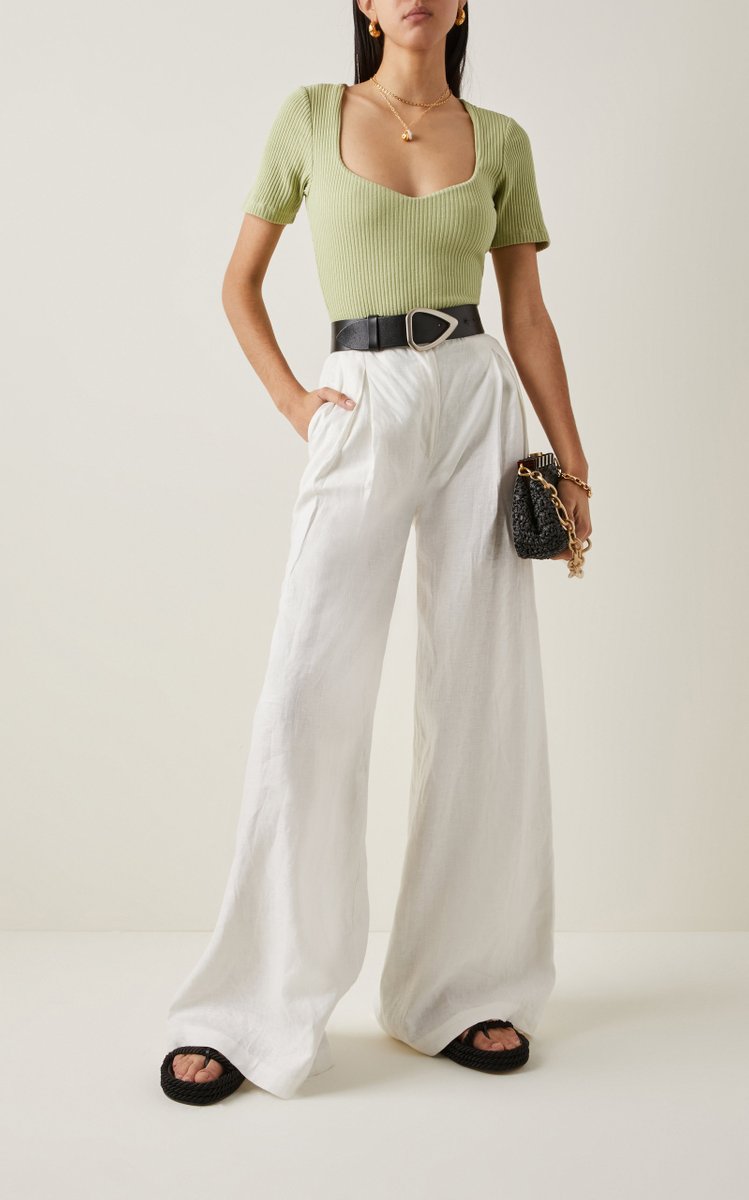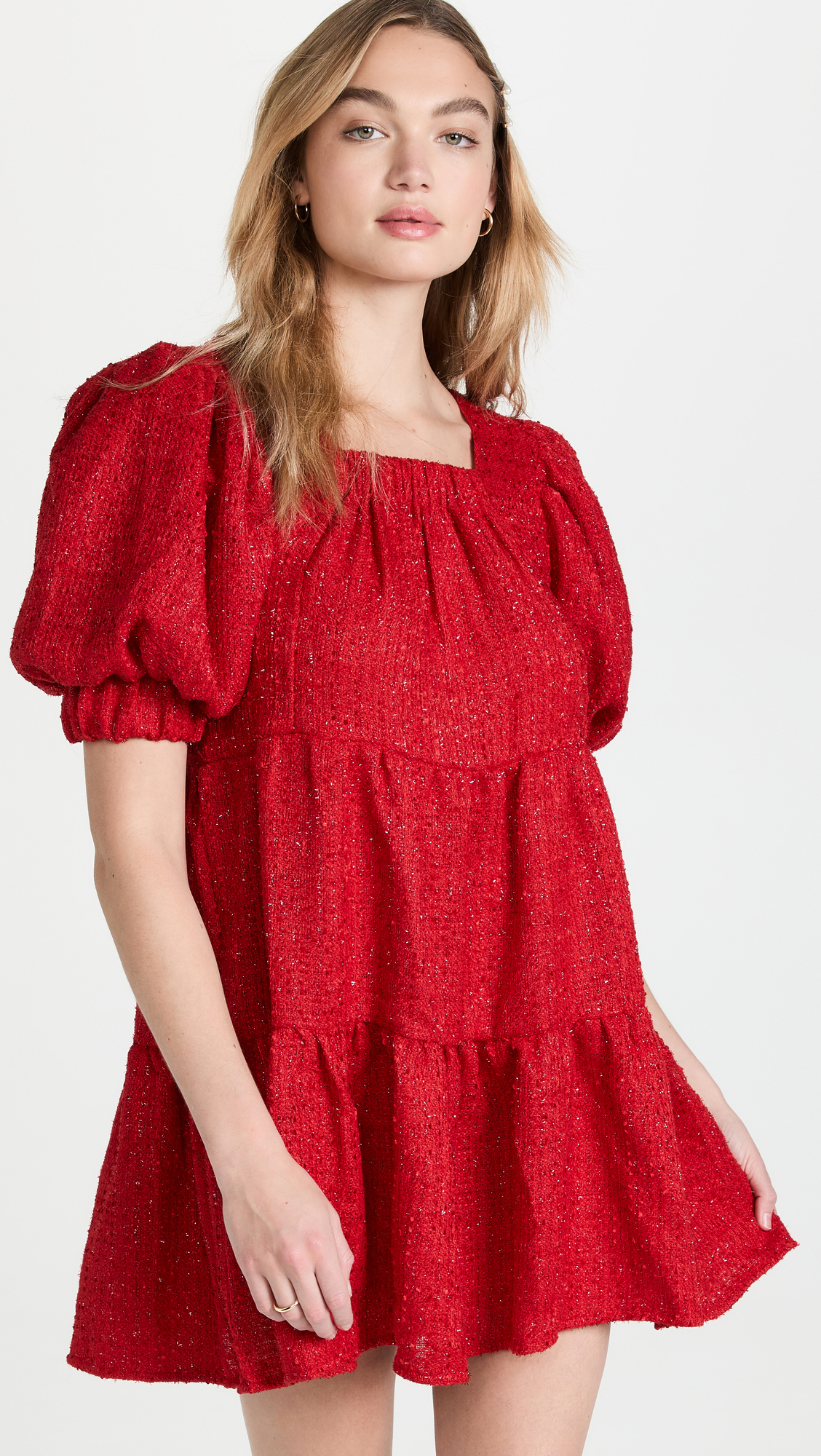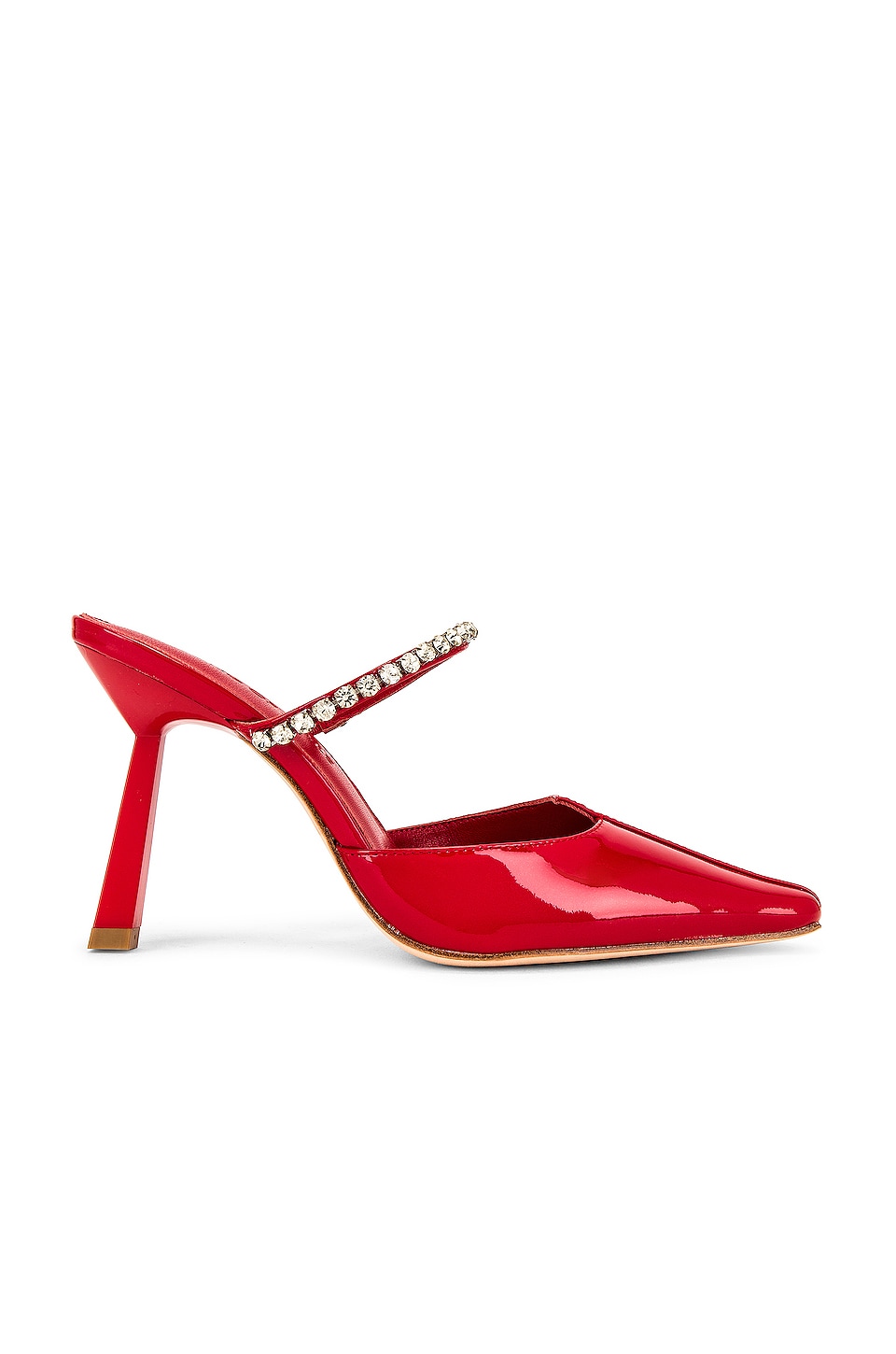I'm an Art Gallery Owner, and These Are the Wardrobe Staples I Swear By

Intersections is a newly launched feature column that profiles creatives inside and outside the fashion industry. Each story is meant to illuminate how fashion, identity, art, and culture play a critical role in inspiring and informing the work and lives of some of the chicest people we know.

Imagine strolling into a gallery near you. Can you imagine what type of art is on the walls? Who owns the gallery itself? Who made the artwork, and who curated it? The answer to all these questions will likely result in the realization that, akin to fashion, the art industry has a long history of exclusion, not inclusion. Sure, many legendary creatives have revolutionized both the art and fashion worlds, such as Jean-Michel Basquiat and Virgil Abloh. But whether you're creating a painting or designing a purse, one fact is inevitable: Artists of color have a more challenging time breaking into the industry. Finding spaces to sell their work (whether it's a gallery or Shopbop) and having enough people invested in their craft long enough for them to leave a legacy behind is no easy feat. Knowing all this makes the work of gallery owner and art enthusiast Hannah Traore all the more critical.
Traore isn't your average gallery owner—something that becomes evident if you happen to find yourself wandering into her colorful space situated in the bustling streets of Lower Manhattan. Not only is she a woman of color who has decided to take a leap and create a space for marginalized artists, but she's also super stylish. As she's likely donning a pair of oversize glasses and a designer vintage number, it seems as if she's single-handedly reenvisioning what it means to hold space in the most figurative sense. It's her keen eye for curating (in her gallery and her closet) that makes her a compelling person to profile for our Intersections series. And luckily for us, she obliged. Ahead, you'll hear from Traore about what inspired her to open an art gallery, what role her identity plays in her work, and the fashion brands and trends she's loving right now.

How did you decide to pursue a career in the art industry? How long have you been in the industry?
I have always been drawn to the arts. I was going to see art, making art, reading about art. My mother made sure it was a massive part of my and my siblings' lives. It wasn't until I took my first art history class my sophomore year of college that I realized that I could parlay my love for the arts into a career. I started working in the industry right after graduating in 2017. I went back to Toronto for a year and worked for one of my mentors, Kenneth Montague, a vital art collector in the city and globally. I co-curated an exhibition for him at the Gladstone Hotel galleries. After that, I moved to NYC to be the painting and sculpture curatorial intern for a year. That was the start of my New York City art career.

You recently opened your very own gallery—what inspired you to make the jump?
Opening a gallery has been my dream for many years, but I always assumed it would be much further into the future. When the pandemic hit, I had a lot of time to think and realized that not only had I made many great connections within the New York art world to lean on, but I also had a well-flushed-out vision and tons of ideas. After a bit of a nudge from my sister, I thought to myself, "Why wait?"
You've spoken about how you always wanted to own a gallery. Why was it important to you to be able to curate your own space? What does having your own space give you the power to create?
Having my own space allows me to define what an art gallery can and should be. Because I am the boss and have no one to answer to, I make the rules. I have the total freedom to allow my creativity to thrive and allow my artists their full autonomy.
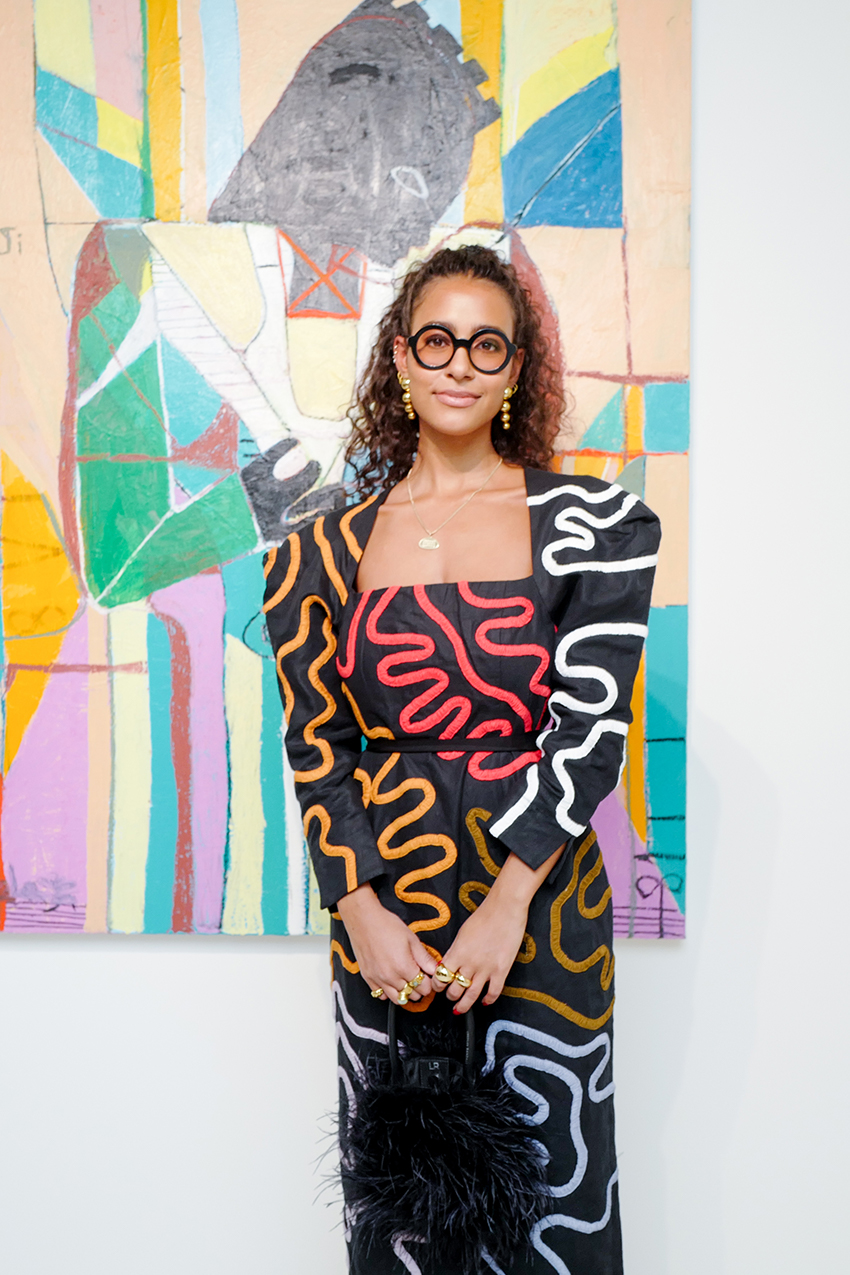
While art is something that everyone can enjoy, historically speaking, the art industry at large and even the power of buying art has been exclusively white. For you, what does a more inclusive industry look like in your eyes?
In my opinion, the only way there will be a significant shift in the exclusivity of the art world is for there to be a community of tastemakers who think differently. Yes, one person can make a substantial impact, but for real systematic change, more people who look like me, more individuals in the queer community, more immigrants, etc., have to be in positions of power in the art world. And they can't just be placed there on their own with no support. The more people who genuinely believe in an inclusive industry making decisions, the better.
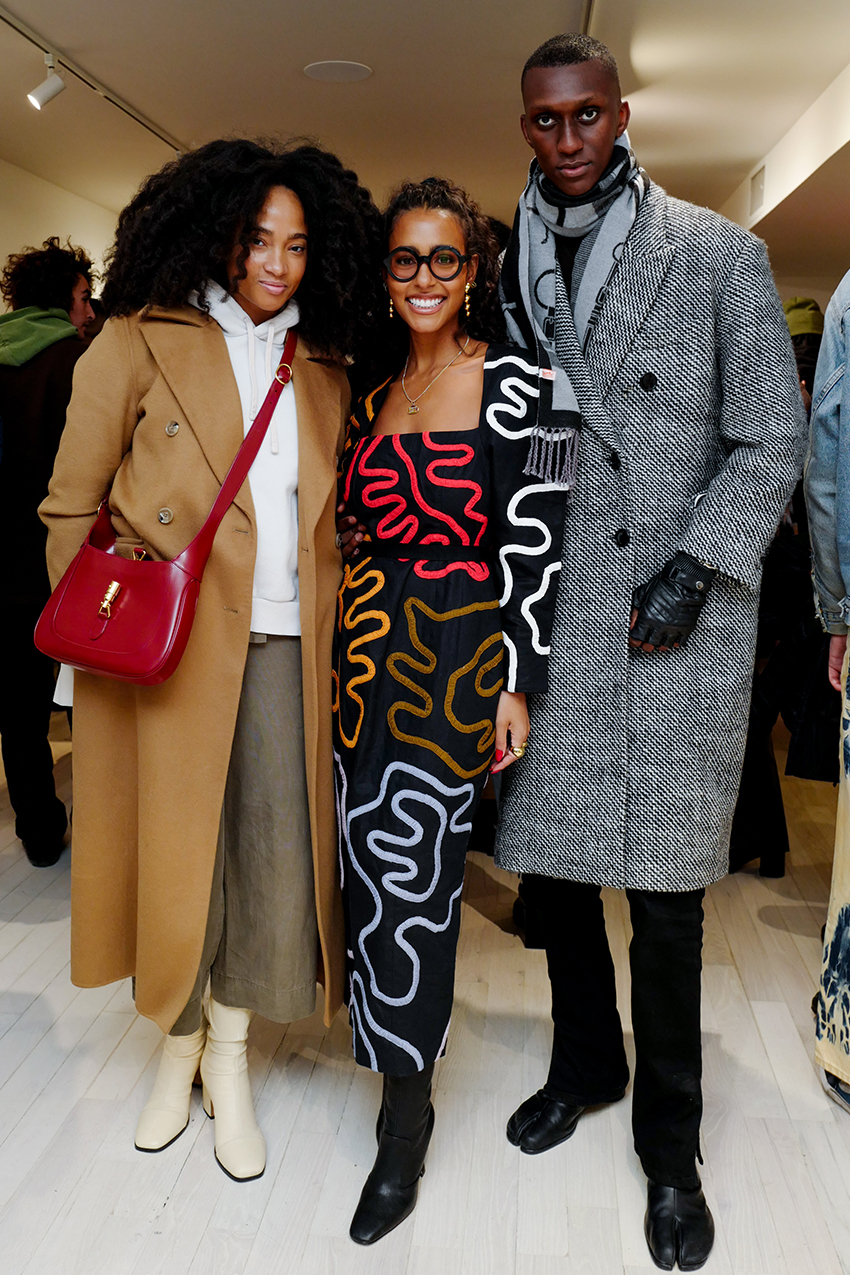
Can you tell us a bit about what we can expect from your gallery?
HTG will always have two shows simultaneously, one exhibition and one installation. I sincerely believe in every artist I have lined up for an exhibition and installation, both their work and just as humans. That is very important to me. Apart from the art, I will also be showcasing fashion collaborations once a year in my installation room. More on that soon!

What's currently on exhibition, and what are your plans for the space?
The inaugural two are still up at the moment. Hues, a group show that focuses on color, fills the gallery space. The show includes 13 artists of color whose work explores color in one way or another. Artists of color are often forced to discuss their identity in their work to be noticed overtly. HTG celebrated both artists whose work speaks directly to their uniqueness and artists whose work does not. It should be their choice. By focusing on color, the show allows each artist to choose for themselves and be celebrated for their work and their work alone. I care about the artists and their work, not the pressures that society and the art put upon them. I want them to feel supported and seen.
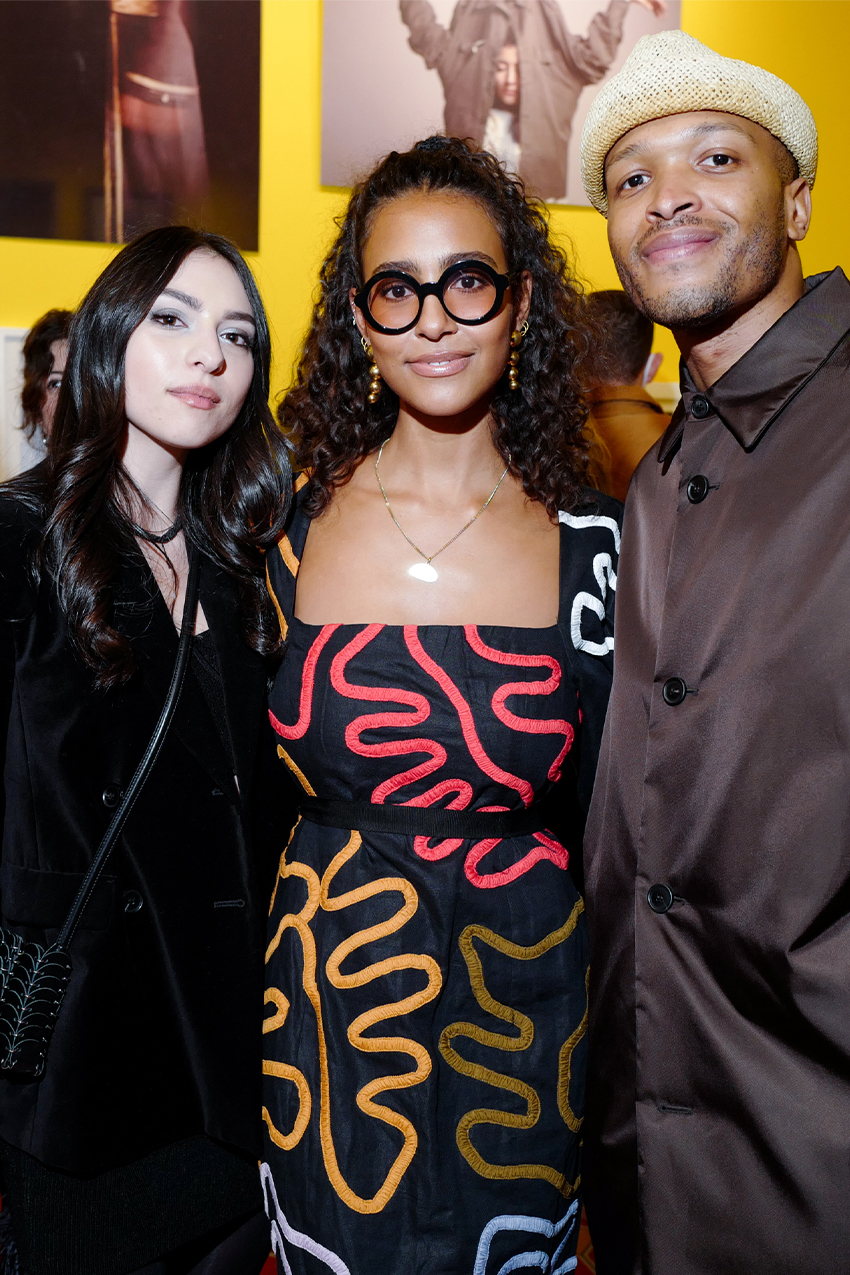
Mi Casa Su Casa is HTG's inaugural installation, curated by Hassan Hajjaj and Meriem Yin. I approached Hassan when I decided to open my space. We had worked together when I curated an exhibition at the Tang Museum for my senior honors thesis in art history at Skidmore. I wanted him to create a salon like the one that he has in Marrakech with his work on the walls. He suggested that it include 14 other Moroccan artists he is excited about. I was overjoyed by how aligned this idea was with the gallery's ethos.

How has your identity informed how you approach every aspect of your life, from the artists you choose to champion to the clothing you wear?
Everything that I consume informs me—consciously and subconsciously. When I look back on my life, it's almost funny how often I turn to my identity. In grade six in my ceramic class, I created a totem pole, which I made out of my siblings' faces. To apply to colleges, I wrote about my experience with my many identities (Black/white, Malian/Canadian, Jewish/ Muslim). In college, my entire thesis centered on the aesthetics of my Malian heritage. All of this [is] to say my identity informs everything that I do. Because artists and fashion are important to me, my identity, which I am so proud of, shines through even more. I am naturally drawn to the artists I feel I can relate to, either because we share an identity or the larger experience of exclusion. For fashion, my love of color comes from my mother's style and growing up with all the vibrant textiles from Mali. My desire for uniqueness in my style partly comes from the pride of having a father so "different" from everyone else's.

What's so wonderful about you (besides the fact that you're creating space in the industry for marginalized artists) is that you have incredible personal style. What role has fashion played in your life?
Well, first of all, thank you! I take immense pride in my style. I can honestly say that it makes me happy. I recently explained to my father, who is constantly scolding me for how much I shop. For me, fashion is art. The clothes that I wear and how I put them together is a self-portrait. Day-to-day is my largest outlet for my creativity.
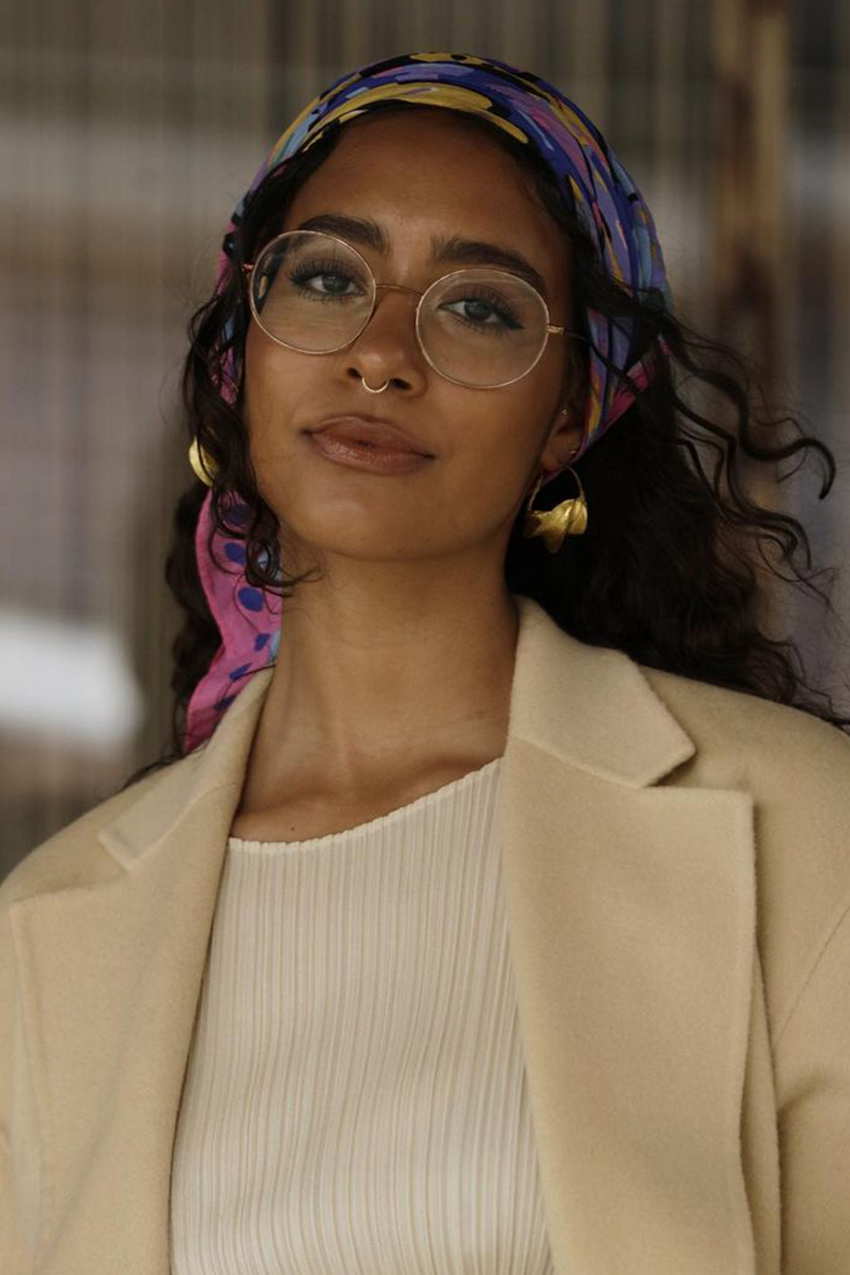
As a gallery owner, you have a keen eye for curating masterpieces. For you, how does your taste in art translate into how you decide to invest in a specific piece of clothing? What makes something worth buying?
As I get older, I do see my closet as a collection. Not to sell, but to pass down to my children as my mother and grandmother did to my siblings and me. I find so much joy in these pieces and have experienced so much fun in them. They mean much more to me than just garments or an investment. If I love something and can imagine using it in an outfit with the clothes I already have, I buy it because I know it will be put to good use, and I know I will have it forever. I will say, though, I am much more conscious about who I am buying from. For example, if a brand has been outed for racist or homophobic activities, I quit their company cold turkey. I also try my hardest to stay away from fast fashion. I also have a soft spot for vintage. It feels magical when something I love hasn't been sold and fits me like a glove—it feels like fate.

What does your daily work wardrobe look like? Are there any ride-or-die pieces that you swear by?
Glasses! I've been wearing glasses since I was 12 years old. When I was 15, my little cousin jumped on my only pair the day before an overnight class trip to Ottawa. After running around with broken glasses for four days, I told myself that I always have to have at least two pairs of glasses.
Can you share some fashion brands you love at the moment?
1. Mara Hoffman
2. Aajiya
3. Issey Miyake
4. Brother Vellies
With spring just around the corner, which trends do you think are worth investing in?

Saffron for sure. I will always and forever invest in red—any hue of red. It's my favorite color to wear.
Shop the trend:

I also love the vintage-inspired trend that dominated the spring/summer 2022 runways. I will always invest in vintage. It's so fun to dress up in another era.
Shop the trend:

How do you think fashion and art intersect—both personally and on a larger scale?
Creativity is really what connects the two. You cannot have fashion or art without it. But more than that, there is so much art in fashion and so much fashion in art. It's easy to talk about fashion in photographs by people like Tyler Mitchell or Malick Sidibé, but look at a Fragonard or Mickalene Thomas painting. What would they look like without fashion's influence? And in my opinion, designers can be considered artists themselves. Just look at McQueen's spring 1999 show or Issey Miyake any season. And for me, when I put together an outfit, it's like curating an exhibition. Do the colors complement each other? Are the shapes interesting? Does it conceptually work? (Some designers simply cannot go together.)
Next: I'm in My 50s, and These Are the 2022 Fashion Trends I'm Adopting

Jasmine Fox-Suliaman is a freelance writer and editor living in New York City. What began as a pastime (blogging on Tumblr) transformed into a lifelong passion for unveiling the connection between fashion and culture on the internet and in real life. Over the last decade, she's melded her extensive edit and social background to various on-staff positions at Who What Wear, MyDomaine, and Byrdie. More recently, she’s become a freelance contributor to other publications including Vogue, Editorialist, and The Cut. Off the clock, you can find her clutching her cell phone as she's constantly scrolling through TikTok and The RealReal, in search of the next cool thing.
-
 I Just Got Back From New York, London, Milan, and Paris—5 Chic Packing Staples That Worked in Every City
I Just Got Back From New York, London, Milan, and Paris—5 Chic Packing Staples That Worked in Every CityWhat to pack for a long trip, according to a seasoned fashion-month attendee.
-
 Ralph Lauren Is the Blueprint for Timeless Dressing—Shop the Pieces That Prove It
Ralph Lauren Is the Blueprint for Timeless Dressing—Shop the Pieces That Prove ItEffortlessly put-together.
-
 I'm a Mom in Australia—These Are the Wardrobe Staples I Rely On in My Daily Life
I'm a Mom in Australia—These Are the Wardrobe Staples I Rely On in My Daily LifeMeet Ailie Smith—creative stylist, content creator, and mom of two.
-
 Looking Parisian in Paris Is Only Doable If You Own These 12 Fall Wardrobe Essentials
Looking Parisian in Paris Is Only Doable If You Own These 12 Fall Wardrobe EssentialsBuy them; look French. It's as simple as that.
-
 I Shop for a Living—15 Wardrobe Staples in My Cart Ahead of Amazon Prime Big Deal Days
I Shop for a Living—15 Wardrobe Staples in My Cart Ahead of Amazon Prime Big Deal DaysThe sale starts next week.
-
 Fine, I'll Finally Swap My Classic White T-Shirts for This Cooler, More Elevated Wardrobe Basic
Fine, I'll Finally Swap My Classic White T-Shirts for This Cooler, More Elevated Wardrobe BasicI'm stocking up.
-
 Shopbop Is Filled With Fall Wardrobe Staples—15 Chic Pieces in My Cart Right Now
Shopbop Is Filled With Fall Wardrobe Staples—15 Chic Pieces in My Cart Right NowFrom Levi's, Coach, Tory Burch, Cou Cou, and more.
-
 Cooler Than a White Button-Down: This Specific Shirt Color Is the Key to Looking Chic This Fall
Cooler Than a White Button-Down: This Specific Shirt Color Is the Key to Looking Chic This FallIt's all over the streets and the spring/summer 2026 runways.
